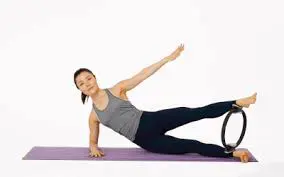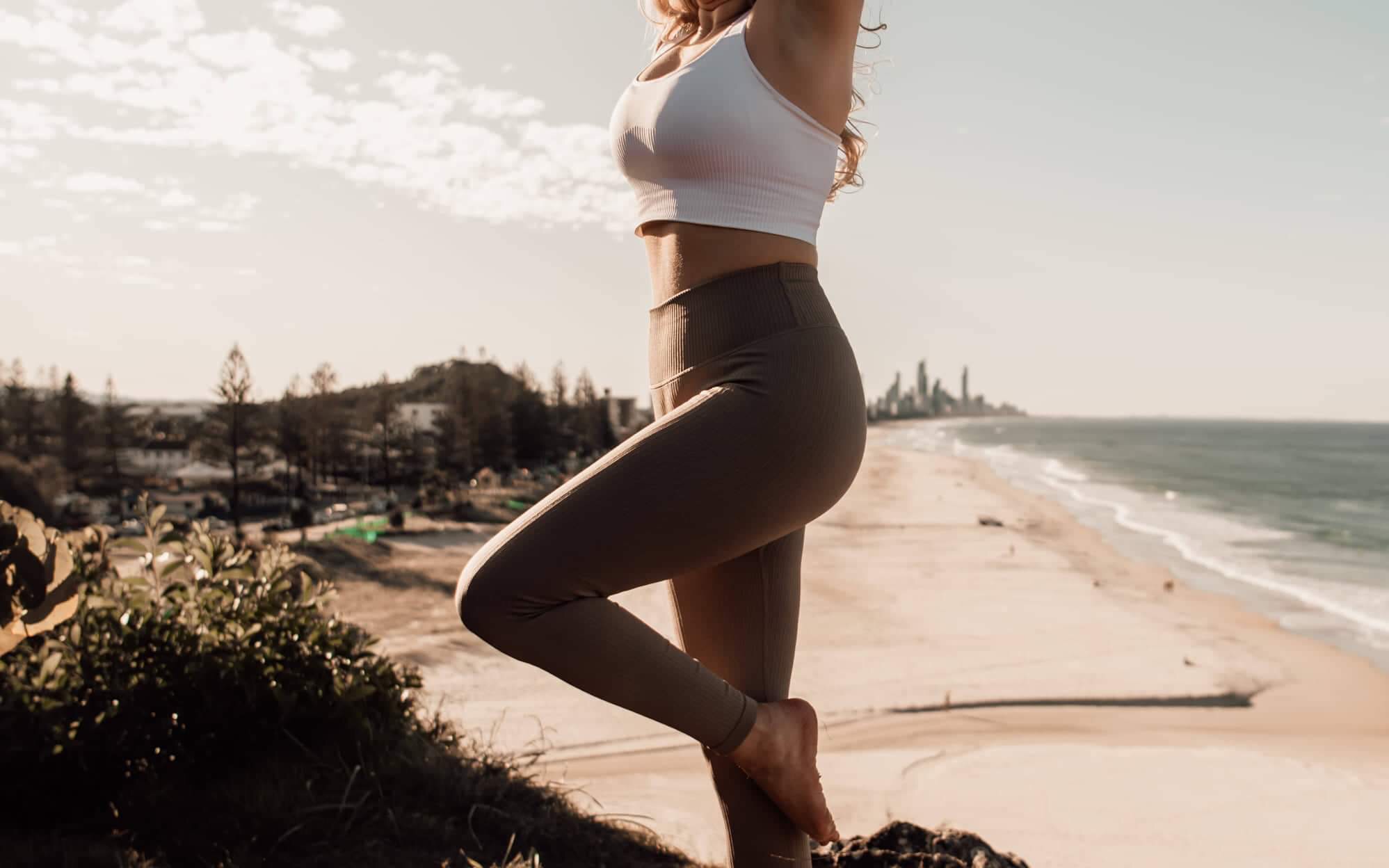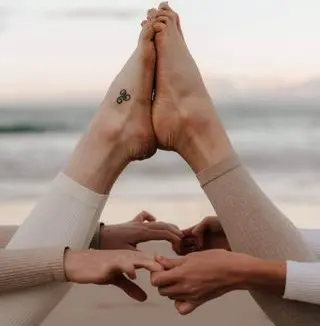In our Power Pilates classes, you have heard us yelling out quick cues in between counting, somewhat correctly, and breathing.
I bet you’re wondering what some of them mean?
You’re not the only one! So, I thought I’d give you a quick explanation of our most used cues –
1. Belly up and in
We would use this cue all throughout class, as we want to maintain core activation for every exercise. Belly up and in refers to drawing up the pelvic floor whilst simultaneously drawing the abdominals in to activate the core. You may also hear us say ‘belly button to spine’
2. Neutral Spine
Neutral spine refers to keeping the spine in its natural alignment, not overarching or rounding the lower or upper back. We want our spines to remain neutral in every exercise unless cued to round or arch the back. A neutral spine is especially important in our crunch exercises as it enables us to engage our deep core abdominals.
3. Dip lift
Dip lifts are not to be confused with pulses! Dip lifts are a controlled movement of a small lower and a lift, often no more than an inch. The movement is held in the ‘burn zone’, and is to be done with full activation and awareness of the part of the body that is moving.
4. Shoulders back and down
So many people hold the stress and tension in their shoulders, so it’s very important to keep them relaxed throughout the exercise. By stabilizing the shoulder area through proper alignment, you will increase movement efficiency and protect your neck and back.
5. Micro bend your elbows
We would use this cue in exercises such as plank and four-point kneeling. We often rely on locking out the joints to support our weight which is not what we want, by adding a slight bend to elbows, you release the pressure on the elbow joint and activate the muscles in the arms instead. 
6. Long neck
Longneck will often be cued in Plank and Four Point Kneeling to remind us not to look too far down or too far up. We don’t want any strain added to the neck, we want to think of the neck as an extension of the spine and will often say to look towards the top of your mat.
7. Hips to ribs
Drawing the rib cage down towards the hips helps to activate the core, you may also hear us say ‘don’t flare the ribs’, when the ribs aren’t drawn down towards the hips you will lose core connection and will not be performing the exercise in the ideal alignment. By having a hip to rib connection, it ensures you don’t over-arch the lower back and brings your pelvis and spine into neutral alignment.
8. Hips stacked

Hips stacked will be cued in most side-lying exercises such as Side Series or Oyster. We want the hips stacked one directly on top of the other, avoiding the top hip leaning forward or backward. We also want to sure that we’re drawing the top hip away and not letting it dump into the waist. Think about having a small gap between the lower waist and the floor. Making sure we hold this correct alignment will ensure that our spine remains neutral and core activated.

9. Elbows wide
Elbows wide is cued in crunches, being aware of where our elbows are is important so that we are not pulling on the neck and causing strain. When elbows are facing forward toward the knees instead of wide, we are more likely to pull on the neck as we lift.
10.Don’t forget to breathe
Breathing is so important!!! It’s easy to hold your breath when the exercise is hard but it’s so important to remember to breathe. Holding your breath can place an increased strain on the cardiovascular system. In Pilates, we inhale through the nose and exhale out through the mouth. This type of breathing ensures correct muscle activation and prevents shallow breathing.
We hope this helps you better understand all the cues we use!
All of our excellent instructors will help you with alignment! Meet them here!
And check out our Facebook and Insta more Balance Lane tips.
Balance Lane XX


